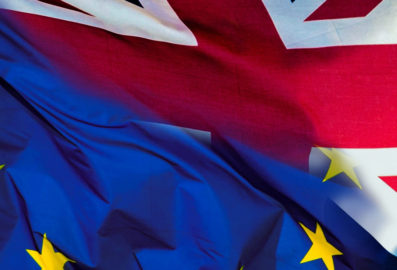
The Washington Convention of 1929 and its strategical use in trademark plurinational conflicts in Latin America.
The General Inter-American Convention for Trade Mark and Commercial Protection, signed in Washington on…
Following the formal passage of amendments to the Canadian Trademarks Act and the Trademark Regulations into law in 2014 and December 2018 respectively, WIPO Director General Francis Gurry received Canada’s instruments of accession to the Madrid Protocol, Nice Agreement and the Singapore Treaty from Canadian Ambassador Stephen de Boer,
These amendments, along with significant changes to Canada’s domestic trademark laws, will come into effect on 17 June 2019.
Starting June 17, 2019, on one hand, Canada can be designated using the Madrid System, and on the other hand, brand owners in Canada can begin using the Madrid System to protect their marks in the 120 territories of the System’s other 103 members.
The adoption of the Madrid Protocol will broaden the scope of trade mark protection in Canada in a cost-effective manner.
Canada and the EU have a long history of economic co-operation. Comprising 28 Member States with a total population of over 500 million and a GDP of €13.0 trillion in 2012,[33] the European Union (EU) is the world’s largest single market, foreign investor and trader. As an integrated bloc, the EU represents Canada’s second largest trading partner in goods and services. In 2008, Canadian goods and services exports to the EU totalled C$52.2 billion, an increase of 3.9% from 2007, and imports from the EU amounted to $62.4 billion.
The EU is also the second largest source of FDI in Canada, with the stock of FDI amounting to $133.1 billion at the end of 2008. In 2008, the stock of Canada’s direct investment in the EU totalled $136.6 billion, and the EU is the destination of 21.4% of Canadian direct investment abroad. According to Eurostat, the EU identified Canada as its third largest destination and its fourth largest source of FDI in 2007.

The General Inter-American Convention for Trade Mark and Commercial Protection, signed in Washington on…

The UK submitted on 29 march 2017 the notification of its intention to withdraw…

By Franco de Barba Head of Trademark Department MERX IP fdebarba@merx-ip.com The Madrid Protocol…